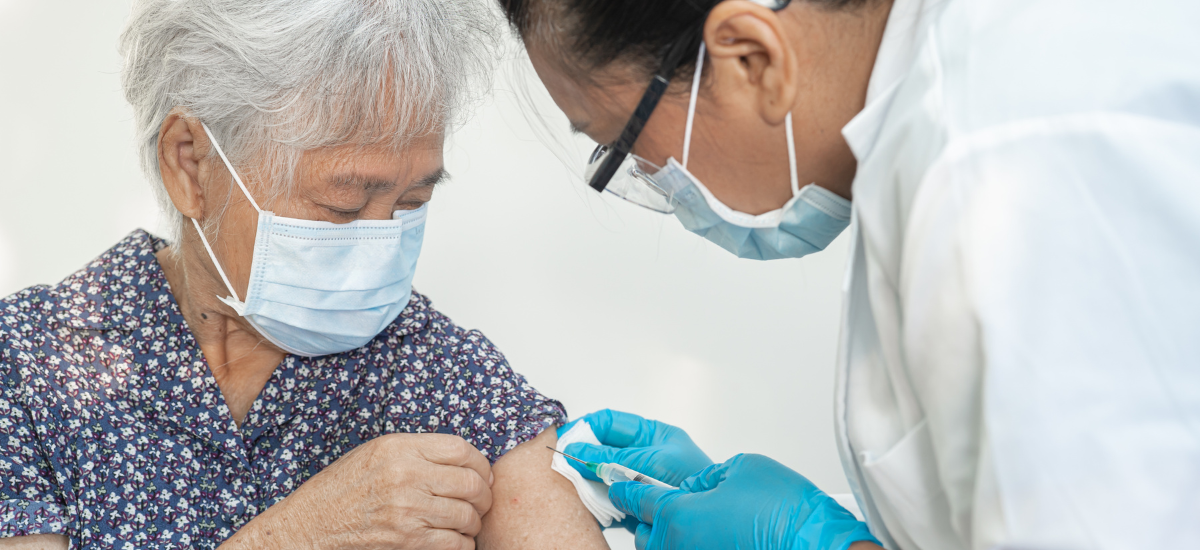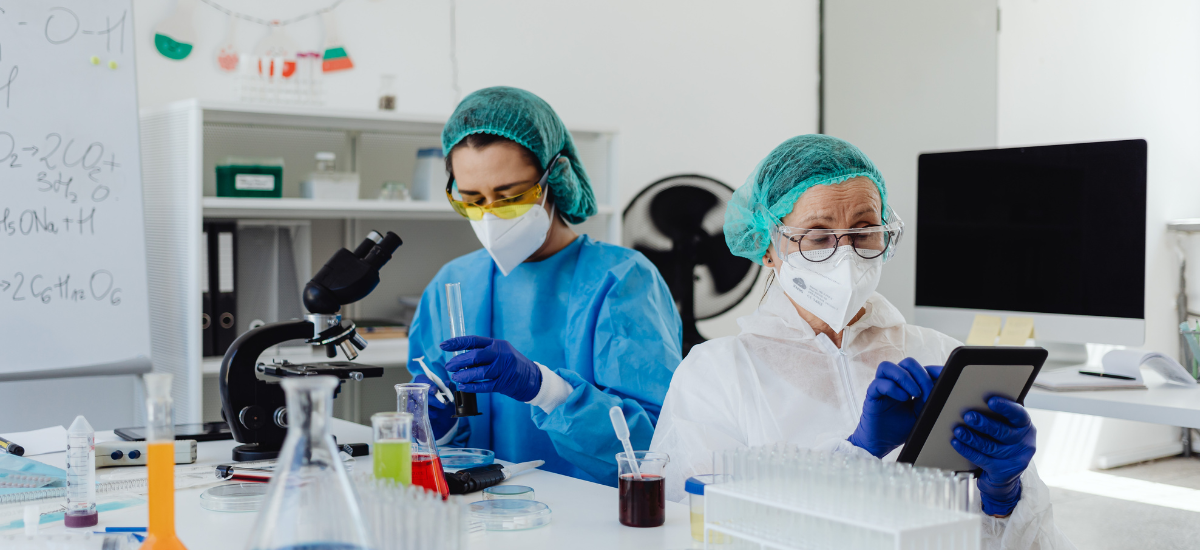
A new study published in The Journal of Immunology reports the development and validation of a Multiplex Immunofluorescence Assay (MIA) to measure all nine antibody isotypes and subtypes in human fluids such as serum, plasma, milk, saliva, and amniotic fluid. “Until now, no assay existed to simultaneously measure all nine antibodies at once in this way,” shared Dr. Jeanette H.W. Leusen, Professor and Head of the Utrecht Monoclonal Antibody Facility, who led the study. This innovative assay requires a sample size of only 25µl, allowing researchers to easily use it to gain comparable insights into antibody compositions of body fluids.
Meeting a Need
The human body makes five types of antibodies: IgG, IgM, IgA, IgD, and IgE, with several subtypes: IgG1, IgG2, IgG3, IgG4, IgA1, and IgA2. Each antibody isotype or subtype has its own function in immune responses. Dr. Leusen was interested in understanding how maternal antibodies impact infant immunity. To study this, the authors recruitedthe PRIMA human milk cohort to investigate components in breastfeeding that were protective against respiratory infection. However, they found no available assay that could simultaneously measure all nine antibody isotypes and subclasses, a critical component of the PRIMA study. Furthermore, no commercially available assay could distinguish IgA1 from IgA2, the most abundant antibodies in breastmilk.
Antibody Isotypes Assay
The fundamentals of the assay involve using “capture antibodies” to trap and measure antibodies present in a sample of human fluid, like breastmilk. Since the researchers wanted to measure all nine antibodies at once, it was essential to establish that each capture antibody was only capturing its intended target (also known as evaluating cross-reactivity).
To evaluate cross-reactivity between capture antibodies, the research team first compared the binding of each antibody using ELISA (a similar well-established assay method) and then using the new MIA. Cross-reactivity was only observed for IgA2, which the team resolved. This assay is also distinguished from most commercially available assays for its ability to measure intact antibodies by using anti-heavy chain antibodies as capture antibodies.
The research team also ensured the assay method avoided signal quenching, which is often caused by breastmilk and therefore leads to artificially lower values of antibody levels. The team used bovine milk as it is similar in consistency and does not contain antibodies that react in the assay. They found that signal quenching can be avoided by diluting breastmilk with 2% or lower bovine milk.
Research Implications
“We will use this new methodology to measure all antibody isotypes in the fluids mentioned above and monitor antibody transfer between different bodily compartments. We also hope to measure pathogen specific antibodies with this assay,” shared Dr. Leusen. The PRIMA study recently finalized a group of 1000 mothers and collected human milk samples at 1 week, 1 month, 3 months, and 6 months post-partum. Dr. Leusen now plans to, “measure and compare all nine antibody isotypes from mothers in this cohort across time points focusing on the relationship between the different antibody isotypes and the occurrence of respiratory infections during the first year of life in the mothers’ babies.”
The development and validation of this new assay will now allow Dr. Leusen and other researchers to unravel the functions of each human antibody isotype and subclass across future studies.
Find the research article online in The Journal of Immunology.
Stay in the know by reading more science news from AAI.




